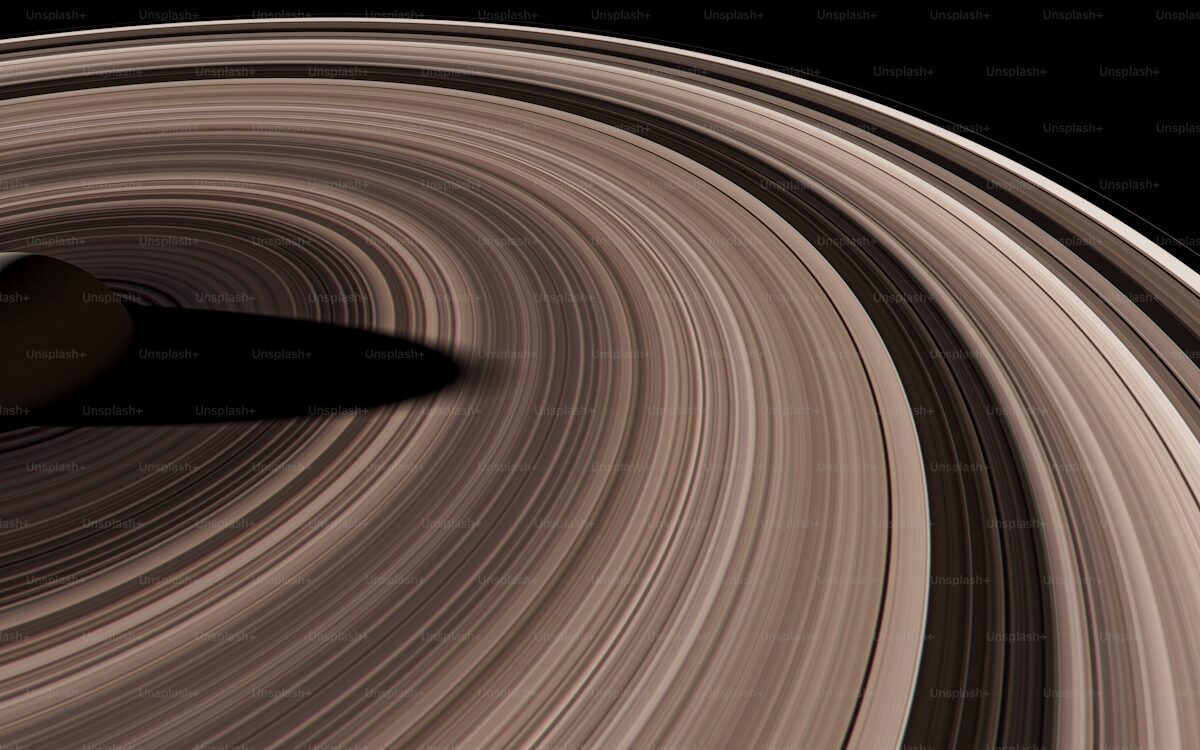Beyond Linear Chronology
Time in the modern West is most often conceived as a line: a succession of measurable instants stretching indefinitely forward. Yet this reduction masks the richness of human engagements with temporality. As Augustine confesses in his Confessions, “What then is time? If no one asks me, I know; if I wish to explain it, I do not know.” The elusiveness of time has led cultures, religions, and philosophies to construct multiple temporalities—mythic cycles, sacred hours, and fictional experiments. This essay explores these diverse modalities of time and situates death as their enigmatic horizon.
Eternal Return and Cosmic Ordering
Mircea Eliade’s influential The Myth of the Eternal Return (1949) describes how archaic societies structure time cyclically. Ritual re-enactments do not merely commemorate but restore mythical origins, collapsing linear history into illud tempus: the “Great Time” of beginnings.
- Hindu Cosmology articulates time as kalpa, vast cycles of creation and destruction. The four yugas (ages) measure not centuries but eons, where dharma progressively declines until cosmic renewal.
- Greek Myth distinguishes between Chronos (quantitative time), Kairos (qualitative opportunity), and Aion (divine eternity). These distinctions endure in philosophy and liturgy alike.
- Mesoamerican Calendars (Aztec, Maya) present history as a sequence of “suns,” each world destroyed and reborn. Human ritual sustains cosmic balance within this fragility.
- Christian Eschatology transforms cyclical myth into linear teleology. Time is salvation history: creation, fall, redemption, apocalypse. Augustine, in City of God, insists that time is meaningful because it moves toward a final consummation in God.
Different civilizations embed time in practice, politics, and spirituality.
- Buddhist Traditions treat time as impermanence. Every instant (kṣaṇa) arises and perishes. Meditation trains awareness of this radical contingency, dissolving illusions of permanence.
- Chinese Dynastic Theory situates history in cycles of rise and decline under the Mandate of Heaven. Political temporality mirrors cosmic rhythm.
- Islamic Thought interprets time as signs (ayat). The Qur’an speaks of day and night as revelations, structuring daily prayer into cosmic remembrance. Seyyed Hossein Nasr stresses that time itself is a liturgy, where fidelity to Tradition aligns human rhythm with divine order.
- Australian Aboriginal Dreaming envisions “Dreamtime” as a simultaneous plane, where past, present, and future coexist. Mythic events are always accessible, grounding both ritual and geography.
Fictional Experiments
Fictional literature often destabilizes linear chronology, allowing new insights into human experience.
- Proust’s Involuntary Memory in À la recherche du temps perdu reveals time as elastic, capable of collapsing decades into a single sensation.
- Borges explores infinity, labyrinths, and branching timelines (The Garden of Forking Paths), suggesting that all possible outcomes exist simultaneously.
- Science Fiction (H.G. Wells, Le Guin, Butler) imagines time travel, temporal loops, and altered histories, dramatizing questions of determinism and freedom.
- Phenomenology and Physics intersect here. Heidegger, in Being and Time, insists that temporality is the structure of human existence (Dasein is essentially “being-toward-death”). Modern physics, meanwhile, speculates on block universes where past, present, and future are equally real, or on quantum multiverses where possibility branches endlessly.
Death as the Horizon
Death marks the most profound boundary in human experience. Philosophical, religious, and scientific perspectives frame it as both cessation and transformation.
- Linear Finality: In materialist accounts, death is termination where personal time ends, though time for the universe flows on.
- Cyclical Return: Hinduism and Buddhism imagine rebirth; ancestors in many indigenous traditions embody the ongoing presence of the dead.
- Threshold to Eternity: Corbin’s mundus imaginalis envisions post-mortem existence in imaginal time, a realm of symbolic reality beyond measurable duration.
- Psychological Alteration: Near-death experiences often involve life reviews, timeless states, or expanded awareness. Neurological theories suggest altered temporal processing at the edge of death.
- Existential Depth: Heidegger emphasizes that mortality structures human temporality. To anticipate death is not to fixate on its moment but to live authentically in the finite horizon it establishes.
Plural Time
Time is not a single continuum but a constellation: mythic cycles, sacred liturgies, fictional experiments, existential horizons. Death, rather than negating time, reveals its plurality. As Corbin writes, the imaginal realm teaches us to “dwell in images without delusion”; as Nasr insists, fidelity to Tradition re-sacralizes time; as Heidegger argues, finitude gives time its depth.
To live vigilantly is to navigate these diverse kinds of time. That is to inhabit myth without nostalgia, to attend to the sacred hours, to imagine other possibilities, and to live one’s finite span with dignity before the unknown horizon.

